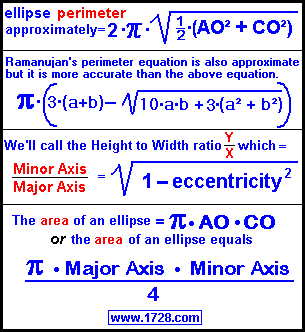I looked on wiki for "Roche limit" and here is the first formula in that page:

Which is d = R*(2*pM/pm)^(1/3) if you're typing it into a computer. (I'm using p's instead of rho's.)
I don't have any mathematical proficiency (nor do I know anything about windows 7 calculator's interface) yet I was able to enter this formula into a couple different calculators on my phone with results congruent to 8 significant figures.
I used the same values for a variable in each iteration.
Maybe W7Calc has some quirks that are really strange??


